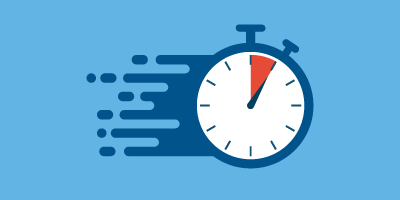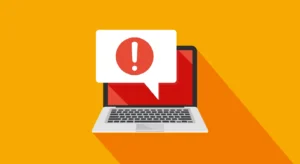Recently, a question was posted on our Community page that asked AP professionals about their policies surrounding short-paying invoices. This sparked internal conversations at DataServ, and it made us think about how we can improve our AP automation solutions for our clients.
Read on to discover what every account payable professional should know about short-paying invoices and when it can be acceptable to do so.
When is it Acceptable to Short Pay an Invoice?
As most AP professionals are aware, there are many circumstances (fees charged for late deliveries, damage to loads, advance fees, etc.) in which short paying an invoice (i.e., paying only a portion of the billed amount) is perfectly acceptable and even advised, but there is one best practice that absolutely needs to be followed.
Accounts Payable Now & Tomorrow (APNT) advises, “when short paying an invoice, you should always communicate to the vendor, in as much detail as possible” the reason or reasons you aren’t paying the invoice in full. APNT concludes that while this won’t ensure that the vendor will agree or won’t call to dispute the short payment, it will eliminate many needless calls.
Short Pay Invoicing Best Practices
PayStream Advisors offers even greater insight into short pay best practices, saying: “Short paying invoices can lead to a messy AP process. Short paid invoices are the source of many recurring AP exceptions, debit memos, and unresolved AP exceptions. While it may be common to take a short pay without proper notification, doing so may actually create more pain than the short payment amount.”
The appropriate way to handle short payments is to provide clear communication of:
- Short-payment details
- Explanation of reason
- Contact party information for further communications.
Ideally, these details should be sent via email to the supplier, customer care or order management group.
The Cost of Short Pay Invoicing
Paystream dives deeper into why short-paying invoices can create more problems than it solves and, as he alluded to earlier, it all comes down to exceptions. “[Our] benchmarking has identified short payments as a frequent cause of exceptions and a common pain for AP departments trying to drive out costly exception processing.”
“In one consumer products client, the cost of short payment resolution by AP and Shared Services staff was over $23.00 per invoice. Further analysis revealed that much of the short payment activity was due to the non-receipt of goods that had actually been received but not recorded.
“Due to the high costs, the client decided to require buyers to get the purchasing director’s approval on all short payments. Short payments can come back to the paying organization in many forms, including debit memos and re-invoices, which can create duplicate payments and difficult-to-reconcile payments.
APNT strongly advises against short-paying an invoice without an explanation. In fact, due to the cost of managing short-pay invoicing, short payments should not be initiated for anything less than $50.00.
Avoid Costly Invoices with DataServ
If your company practices short-paying invoices, follow these best practices to avoid costly fees or duplicate payments that are hard to reconcile. To help with the administration aspect of tracking these types of invoices, DataServ automates the “standard” transactions so that your team can focus on things like communicating better with vendors on short pay.







